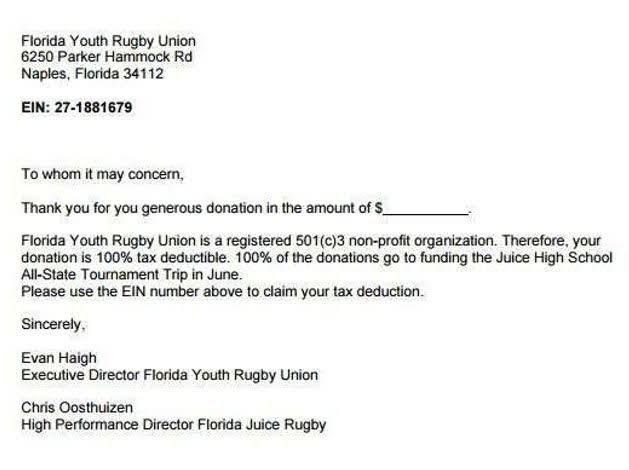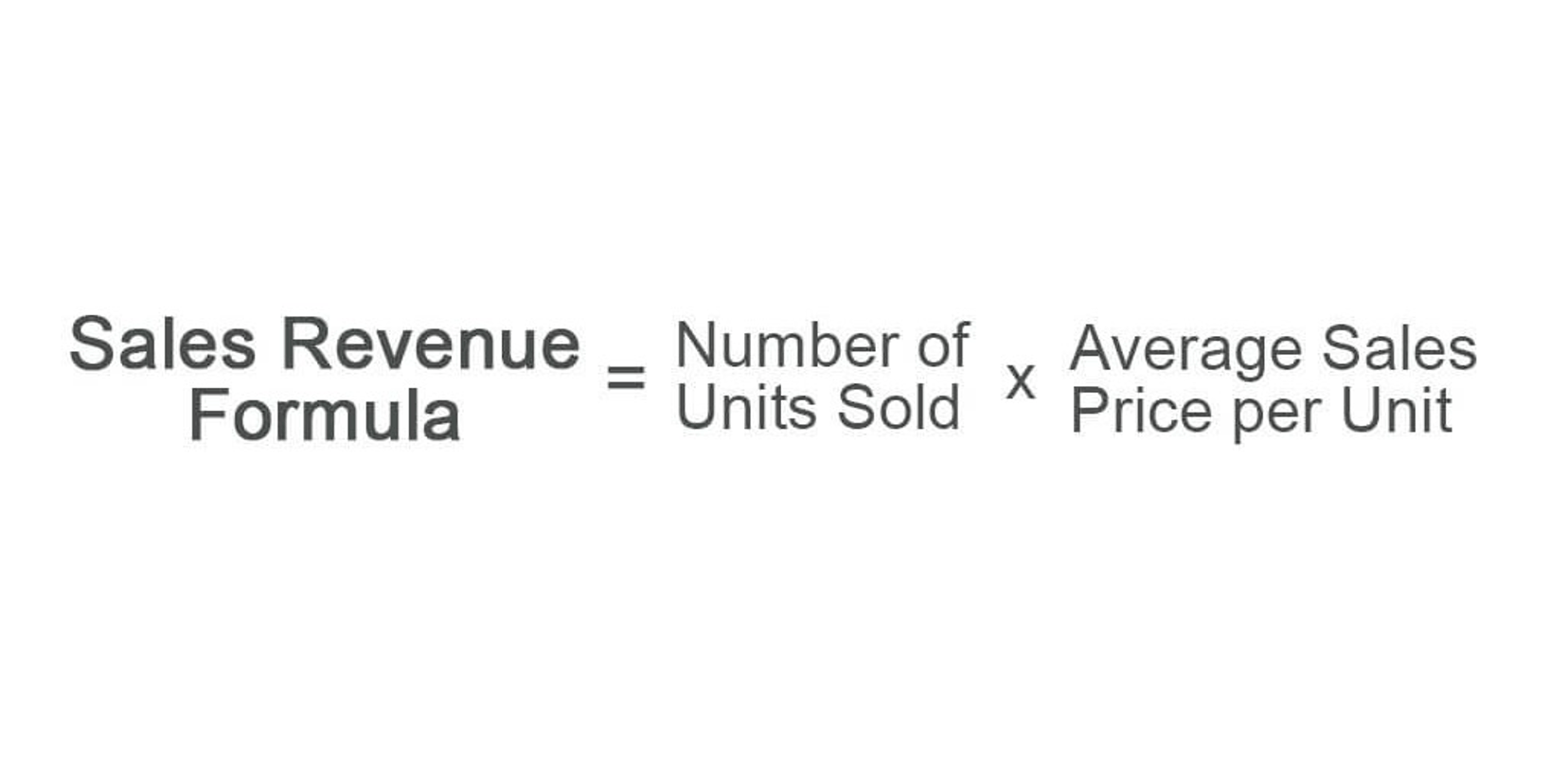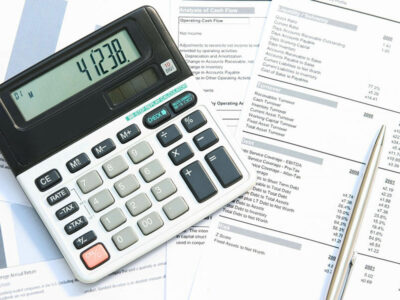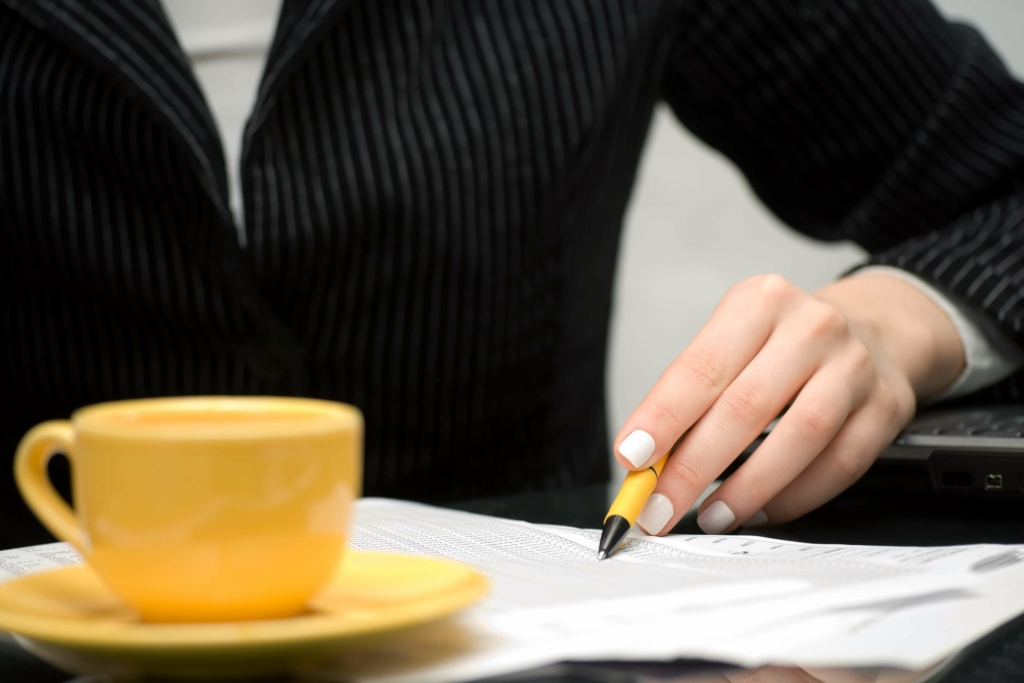
A book value of $64,000 will apply to the asset at the beginning of Year 3. It is calculated by subtracting the fixture’s cost of $100,000 from its accumulated depreciation of $36,000 ($20,000 + $16,000). Based on the book value of $64,000 multiplied by 20%, the depreciation expense for Year 3 is $12,800.

Benefits of the Double Declining Balance Method
- This method is an enhanced form of depreciation that is recognized during the initial few years of the fixed assets’ useful life.
- You can generate leads for your business by creating email campaigns and view performance with detailed analytics on open rates and click-through rates (CTR).
- Notice in year 5, the truck is only depreciated by $129 because you’ve reached the salvage value of the truck.
- Unlike other depreciation methods, it’s not too challenging to implement.
- Accelerated depreciation methods, such as double declining balance (DDB), means there will be higher depreciation expenses in the first few years and lower expenses as the asset ages.
- It involves more complex calculations but is more accurate than the Double Declining Balance Method in representing an asset’s wear and tear pattern.
It’s because vehicles, devices, furniture and some other types of machinery lose value pretty quickly. However, a new business brings the responsibility of managing the fundamental and technical aspects of marketing, finance, etc. You will have to learn about the intricacies and functioning of these key divisions that will drive your company’s growth. In addition to its https://www.facebook.com/BooksTimeInc/ benefits, double depreciation has a few disadvantages. After year 5, companies often switch to straight-line depreciation and debit Depreciation Expense and credit Accumulated Depreciation for $6,827 ($40,960/6 years) in each of the remaining six years. The expense on the 10th year is boosted to $3,422 since we know the salvage value of the car after 10 years is $10,000 and therefore, we would expense the entire remaining undepreciated amount on the 10th year.
- Under the straight-line method, the 10-year life means the asset’s annual depreciation will be 10% of the asset’s cost.
- Since we’re multiplying by a fixed rate, there will continuously be some residual value left over, irrespective of how much time passes.
- Business News Daily provides resources, advice and product reviews to drive business growth.
- The value of each change is calculated by subtracting the amount written off from the asset’s book value on its balance sheet.
- This is done by subtracting the salvage value from the purchase cost of the asset, then dividing it by the useful life of the asset.
Double Declining Vs. Declining Balance Depreciation

While double declining balance has its money-up-front appeal, that means your tax bill goes https://www.bookstime.com/ up in the future. In summary, the choice of depreciation method depends on the nature of the asset and the company’s accounting and financial objectives. This process continues for each subsequent year, recalculating the depreciation expense based on the declining book value. As the asset’s book value decreases, the depreciation expense also decreases. The underlying idea is that assets tend to lose their value more rapidly during their initial years of use, making it necessary to account for this reality in financial statements. The amount of final year depreciation will equal the difference between the book value of the laptop at the start of the accounting period ($218.75) and the asset’s salvage value ($200).
Step 2: Determine the straight line depreciation rate

DDB depreciation is less advantageous when a business owner wants to spread out the tax benefits of depreciation over a product’s useful life. This is preferable for businesses that may not be profitable yet and, therefore, may be unable to capitalize on greater depreciation write-offs or businesses that turn equipment assets over quickly. At the beginning of the first year, the fixture’s book value is $100,000 since the fixtures have not yet had any depreciation.
DDB Depreciation Formula
Double declining balance is sometimes also called the accelerated depreciation method. Businesses use accelerated methods when having assets that are more productive in their what is double declining balance early years such as vehicles or other assets that lose their value quickly. The double-declining balance depreciation (DDB) method, also known as the reducing balance method, is one of two common methods a business uses to account for the expense of a long-lived asset.
With this method, you’ll see that the depreciation will continue until the asset’s salvage value. The double declining balance method is a method used to depreciate the value of an asset over time. It is a form of accelerated depreciation, which means that the asset depreciates at a faster rate than it would under a straight-line depreciation method. When you run a business, you have to be aware of the useful life of your assets. Some assets have lives that last for decades, while others can only be counted on for a few years.

Using the 200% Double Declining Balance Depreciation Method
- You’ll expect it to run for ten years, and estimate a salvage value of $5,000.
- You get more money back in tax write-offs early on, which can help offset the cost of buying an asset.
- As the asset’s book value decreases, the depreciation expense also decreases.
- If the company was using the straight-line depreciation method, the annual depreciation recorded would remain fixed at $4 million each period.
- Under the straight-line depreciation method, your company will deduct $4,500 for ten years ($50,000 – $5,000/10).
DDB is best used for assets that lose value quickly and generate more revenue in their early years, such as vehicles, computers, and technology equipment. This method aligns depreciation expense with the asset’s higher productivity and faster obsolescence in the initial period. DDB is a specific form of declining balance depreciation that doubles the straight-line rate, accelerating expense recognition. Standard declining balance uses a fixed percentage, but not necessarily double. Both methods reduce depreciation expense over time, but DDB does so more rapidly. Multiply the straight line depreciation rate by 2 to get the double declining depreciation rate.
This schedule allows a firm to track its long-term assets and analyze the depreciation over time. You may conclude saying that it’s a description of the assets you purchase, it’s purchase date, cost, it’s useful life and its salvage value. During the useful life of an asset, the repairs and maintenance expense is generally low therefore the depreciation expense is high. As time passes, the repairs and maintenance expense will rise, leading to lowered depreciation expense. The straight-line method is a traditional method of calculating depreciation, whereas the double-declining balance method is more realistic. A simple guide to depreciating assets using the double-declining balance method.

